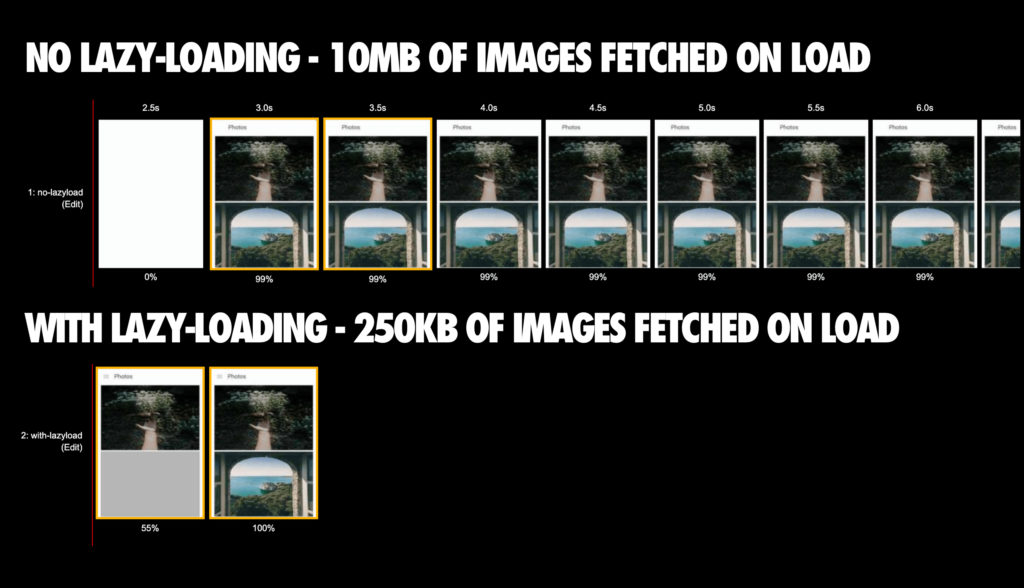
“Lazy loading allows a site to download images, iframes, and other website elements that the users have scrolled to in order to save data and memory”
Google Engineering Manager Addy Osmani has said that lazy loading for web pages will be enabled by default with Chrome 75, which is due in May. The lazy loading feature is basically used to focus resources and bandwidth in downloading above-fold content (which the user has scrolled to) so that the user is able to see the text, images, videos etc they want to. The feature is primarily focussed on mobile devices, but will come to major platforms like Windows, Mac, Linux, Chrome OS, Android, and Android WebView with the future version of Chrome.

For those unfamiliar, websites can highlight to browsers which elements, such as offscreen iframes and images, should be set for lazy loading until the users scroll to them. Elements can have attributes such as lazy, eager, and auto – depending on this, the browser will download the element to present to the reader after or before they scroll to that part of the screen. Web developers can manually enable lazy loading for iframes and images in Chrome by giving the proper attribute. The elements eligible for lazy loading also include advertisements, though that may impact revenues despite giving a better user experience.
To test the feature, developers need to have the latest build of Chrome Canary. They will be required to visit chrome://flags page and then find and turn on the two flags with the same text ‘Enable lazy image loading’ and relaunch the browser.











